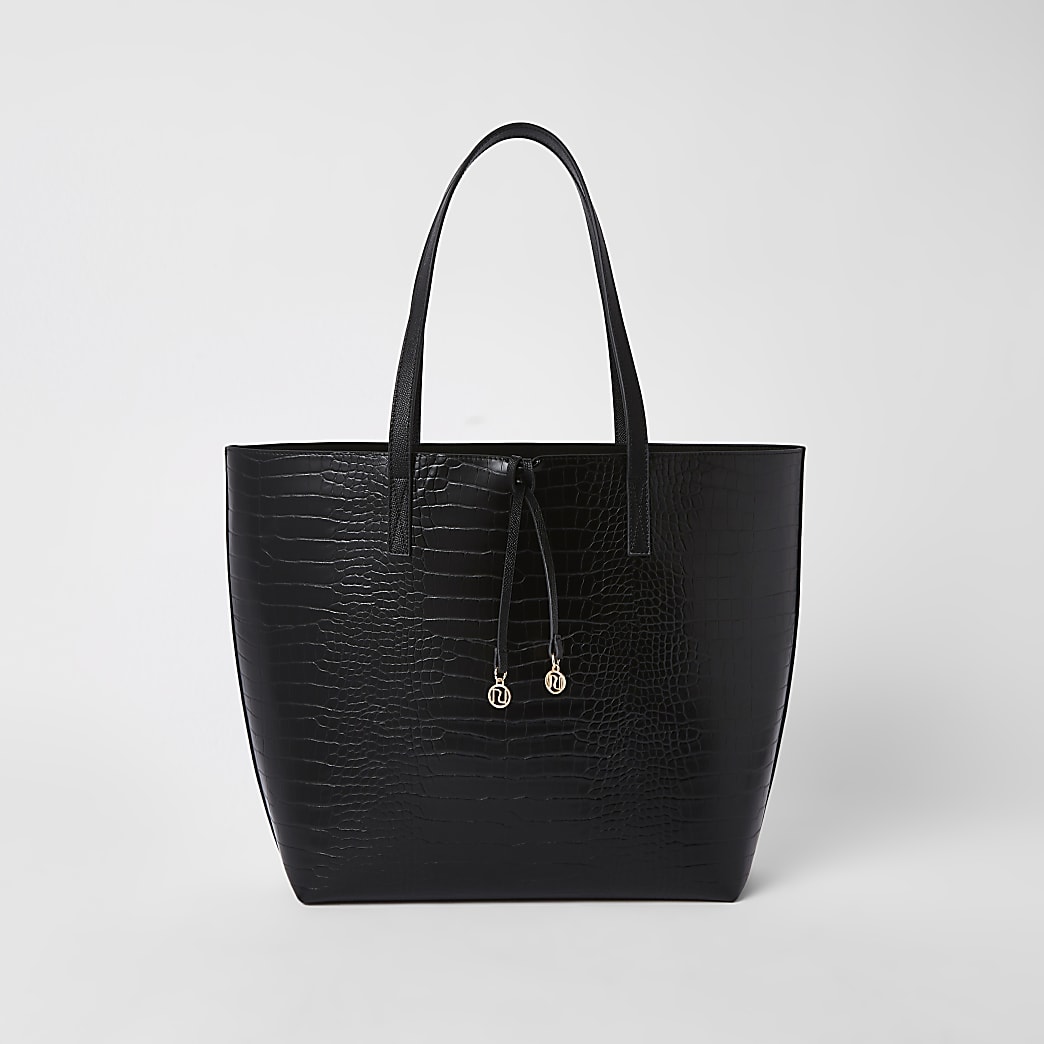Introduction: Crocodile handbags have long been regarded as a symbol of luxury and wealth. However, the demand for these fashion accessories poses a significant threat to wildlife conservation efforts. In recent years, several innovative and sustainable alternatives to genuine crocodile leather have emerged in the market. This study aims to analyze the various aspects of these alternatives, including their production methods, environmental impact, and socio-economic implications.
Production Methods: Genuine crocodile leather is obtained through the hunting and farming of crocodiles, which often involves cruel practices. The production of crocodile handbags requires massive amounts of resources, including water and energy, leading to environmental degradation. Sustainable alternatives have started to gain traction such as 3D-printed leather and biofabricated materials like lab-grown reptile skins. These methods aim to bypass the need for raising and killing animals, thus significantly reducing the environmental impact.
Environmental Impact: The traditional crocodile handbag industry contributes to the depletion of natural resources and biodiversity loss. Deforestation for crocodile farming destroys the natural habitat of many species, leading to a decline in their population. Additionally, chemical treatments used to preserve crocodile leather have detrimental effects on waterways and ecosystems. croc bag , on the other hand, have the potential to minimize these negative impacts by utilizing renewable resources and reducing carbon emissions during the production process.
Socio-economic Implications:

The crocodile handbag industry generates billions of dollars in revenue and provides employment in various regions. However, the demand for genuine crocodile leather drives illegal hunting and contributes to organized crime. This study examines the potential socio-economic consequences of shifting towards sustainable alternatives. While these alternatives may require new skill sets and investments, they also offer opportunities for job creation and economic growth in emerging industries.
Perceived Value: Crocodile handbags are often associated with wealth and social status. The perception of luxury is deeply ingrained in society, with consumers willing to pay exorbitant prices for genuine crocodile skin products. To encourage the adoption of sustainable alternatives, it is crucial to address the societal factors influencing consumer preferences. Educating consumers about the ethical and environmental implications of crocodile leather and promoting the unique features and exclusivity of sustainable alternatives may help shift perceptions and values.
Consumer Awareness and Acceptance: The success of sustainable alternatives to crocodile handbags lies in consumer awareness and acceptance. This study examines the potential barriers to widespread adoption, such as perceptions of quality and durability compared to genuine leather. Consumer attitudes towards sustainability and ethical considerations influence purchasing decisions, making it essential to conduct consumer surveys and market research to understand preferences and develop effective marketing strategies.

Conclusion: The study highlights the urgent need to find sustainable alternatives to crocodile handbags in order to protect wildlife and reduce the environmental impact of fashion. Sustainable options such as 3D-printed leather and biofabricated materials have the potential to revolutionize the industry. However, extensive research, development, and consumer education are required to overcome barriers and promote the adoption of these alternatives. Encouraging the shift towards sustainable materials will not only preserve our biodiversity but also foster the growth of new industries, creating a more sustainable and ethical fashion landscape.
